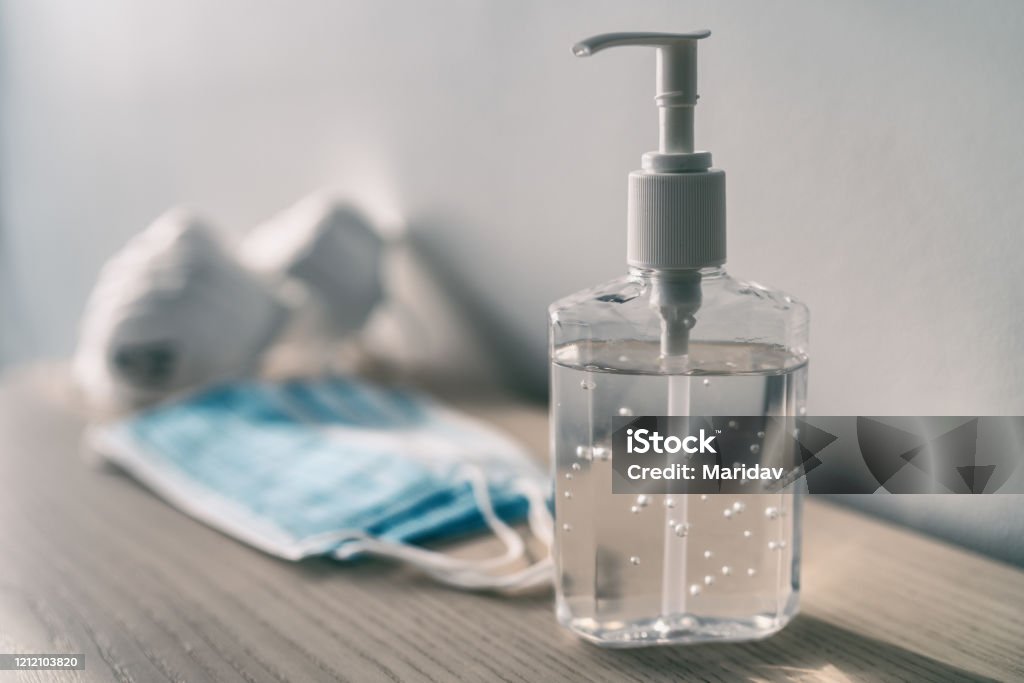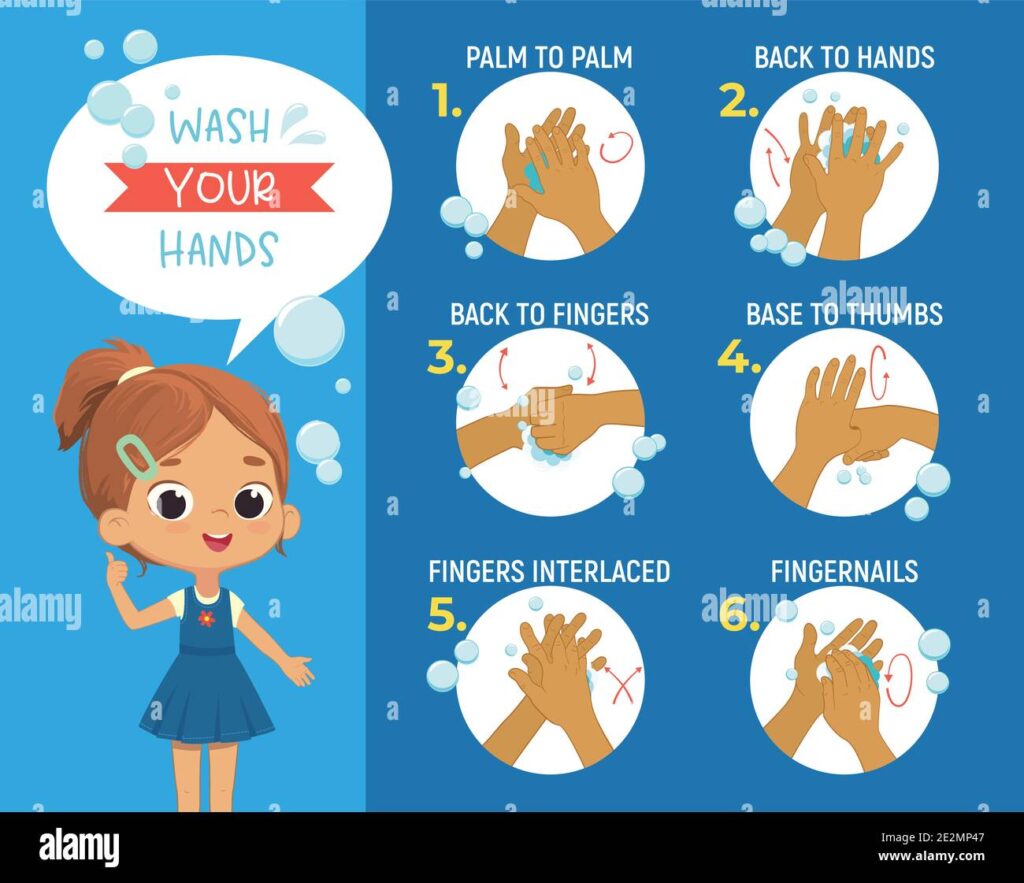Hygiene is crucial for well-being, and the bathroom is central to maintaining cleanliness. Essential items in this space play a vital role in promoting health and confidence. This discussion emphasizes the significance of bathroom and personal hygiene essentials for a clean and healthy lifestyle
Objective: #
- Educate students on the importance of proper hygiene practices when using the bathroom, including handwashing and cleanliness of surroundings.
- Demonstrate and reinforce good hygiene habits related to clothing, personal space, and bathroom etiquette.
Materials Needed: #
- Visual aids (posters, diagrams, videos) depicting bathroom hygiene practices
- Hand soap
- Hand sanitizer
- Tissues
- Disposable gloves (optional)
- Timer or clock

1. Introduction (5 minutes):
- Begin by discussing the importance of hygiene in maintaining health and preventing the spread of illness.
- Explain that hygiene extends beyond personal cleanliness to include the environment around us, such as the bathroom.
2. Discussion on Bathroom Hygiene (10 minutes):
- Lead a discussion on the importance of hygiene practices specifically when using the bathroom.
- Discuss common hygiene habits such as washing hands, using tissues, flushing toilets, and maintaining cleanliness in the bathroom environment.
3. Demonstration of Proper Handwashing (10 minutes):
- Demonstrate the correct way to wash hands using soap and water, emphasizing the importance of thoroughness and duration.
- Discuss the significance of handwashing in preventing the spread of germs and illness.

4. Group Activity: Hygiene Dos and Don’ts (15 minutes):
- Divide the class into small groups.
- Provide each group with a list of hygiene practices related to bathroom use, clothing, and surrounding environment.
- Have the groups identify which practices are “dos” (good hygiene habits) and which are “don’ts” (poor hygiene habits).
- Discuss their findings as a class, emphasizing the importance of the dos and the consequences of the don’ts.
5. Interactive Demonstration: Clothing Hygiene (10 minutes):
- Discuss the importance of wearing clean clothing and changing clothes regularly, especially underwear and socks.
- Demonstrate how to properly dispose of soiled or dirty clothing and how to handle accidents discreetly and hygienically.
6. Role-Playing Scenario (10 minutes):
- Set up a role-playing scenario where students take turns acting out using the bathroom and practicing clothing hygiene.
- Encourage them to demonstrate proper handwashing techniques, use of tissues, flushing toilets, and maintaining cleanliness in the bathroom environment.
7. Review and Reflection (5 minutes):
- Summarize the key points of the lesson on bathroom and personal hygiene.
- Ask students to reflect on what they’ve learned and share one new thing they will do to maintain good hygiene in the bathroom and with their clothing.
Conclusion: #
Remind students of the importance of practicing good hygiene habits not only in the bathroom but also with their clothing and surrounding environment to stay healthy and prevent the spread of illness.
Extension Activity (Optional):
- Have students create hygiene checklists for the bathroom and personal clothing care routines to take home and share with their families.
Assessment:
- Informally assess students’ understanding throughout the lesson through observation and participation in activities.
- Encourage students to ask questions and seek clarification on any aspects of hygiene they’re unsure about.



